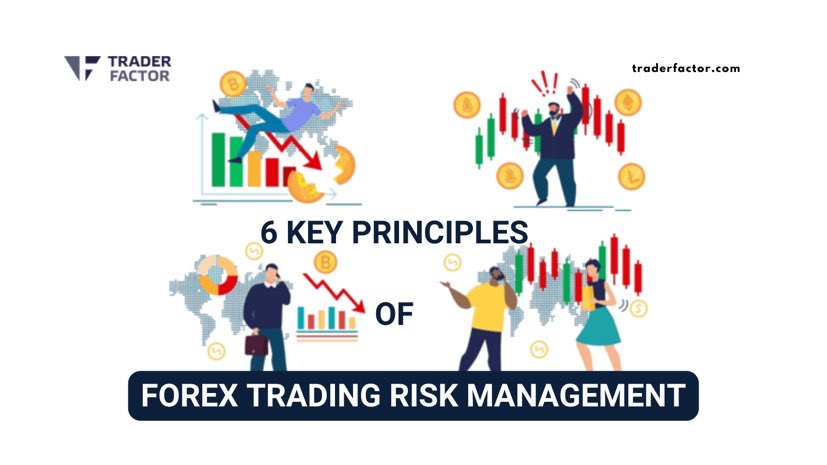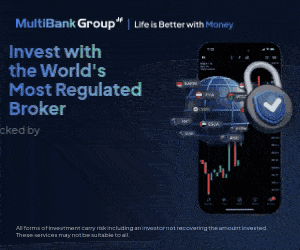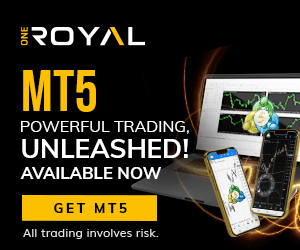Are you tired of losing money in forex trading? It’s time to take control of your risk management!
In this article, we will explore six key principles that will help you navigate the unpredictable forex market with confidence.
From setting risk tolerance levels to diversifying your investment portfolio, these strategies will empower you to make informed decisions and protect your hard-earned capital. Forex Trading Risk Management.
Say goodbye to reckless trading and hello to a more secure and profitable future.
Table of Contents
ToggleKey Takeaways
- Risk tolerance is a crucial factor in determining trading decisions and should align with an individual’s financial situation and goals.
- Position sizing plays a significant role in managing risk and maximizing profits, with methods such as the fixed percentage and volatility-based approaches.
- Stop-loss orders are essential in limiting potential losses and protecting capital, and they should be set based on market volatility and risk tolerance.
- Diversification is important in portfolio management as it spreads risk across different assets, reduces the impact of single trades, and provides potential for higher returns.
Setting Risk Tolerance Levels
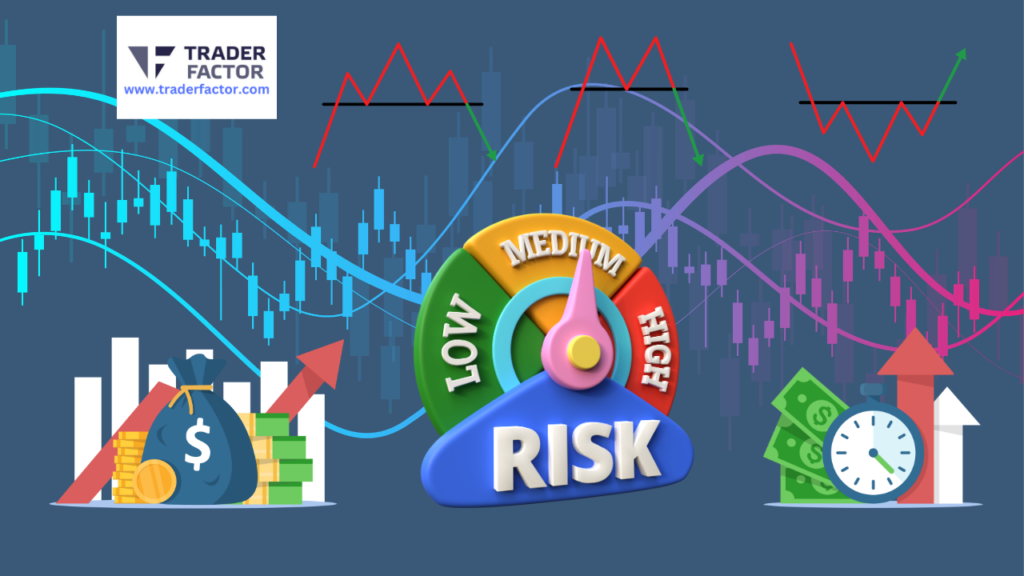
Determine your risk tolerance levels when setting up your forex trading strategy. This is a crucial step in ensuring that you’re comfortable with the level of risk you’re taking on. Risk tolerance refers to your ability to handle potential losses and fluctuations in the market. It’s important to remember that every individual has a different risk tolerance level, and what may be acceptable for one person may not be suitable for another.
To determine your risk tolerance, you need to consider several factors. Firstly, you should assess your financial situation and determine how much capital you can afford to lose. This will give you an idea of the maximum amount of risk you can take on. Additionally, you should consider your investment goals and time horizon. If you have a long-term investment goal, you may be able to tolerate higher levels of risk. On the other hand, if you have a short-term goal, you may need to be more conservative.
Understanding your risk tolerance is essential because it will help you make informed decisions about your trading strategy. It will allow you to set realistic goals and avoid taking unnecessary risks that could result in significant losses. By determining your risk tolerance levels, you can create a forex trading strategy that aligns with your financial goals and personal comfort level.
Implementing Position-Sizing Strategies
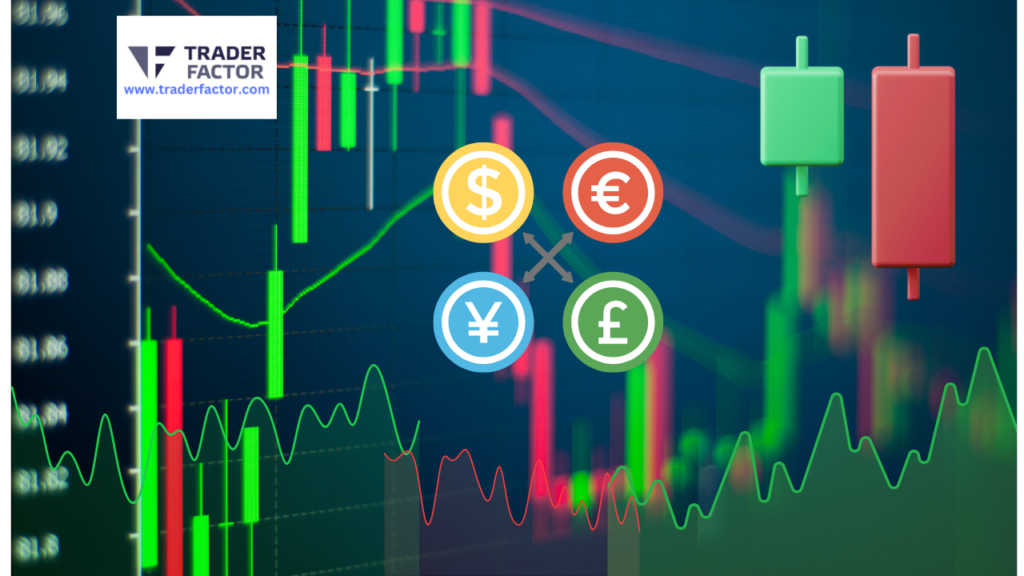
Once you have determined your risk tolerance levels, it’s time to implement position sizing strategies in your forex trading plan.
Position sizing refers to the amount of capital you allocate to each trade based on your risk tolerance and the size of your trading account. By implementing effective position sizing strategies, you can manage your risk and maximize your potential profits.
One common position sizing strategy is the fixed percentage method. With this approach, you allocate a fixed percentage of your trading account to each trade. For example, if your risk tolerance is 2% and you have a $10,000 trading account, you’d risk $200 on each trade. This strategy ensures that you aren’t risking too much of your capital on any single trade and helps to protect you from significant losses.
Another position sizing strategy is the volatility-based method. This approach takes into account the volatility of the currency pair you’re trading. The idea is to adjust your position size based on the volatility of the market. If the market is highly volatile, you may choose to reduce your position size to limit your risk. Conversely, if the market is less volatile, you may increase your position size to take advantage of potential larger moves.
Implementing position sizing strategies in your forex trading plan is crucial for managing risk effectively. It allows you to stay disciplined and avoid overexposure to the market. By carefully considering your risk tolerance and using appropriate position sizing methods, you can enhance your trading performance and increase your chances of long-term success.
Utilizing Stop-Loss Orders
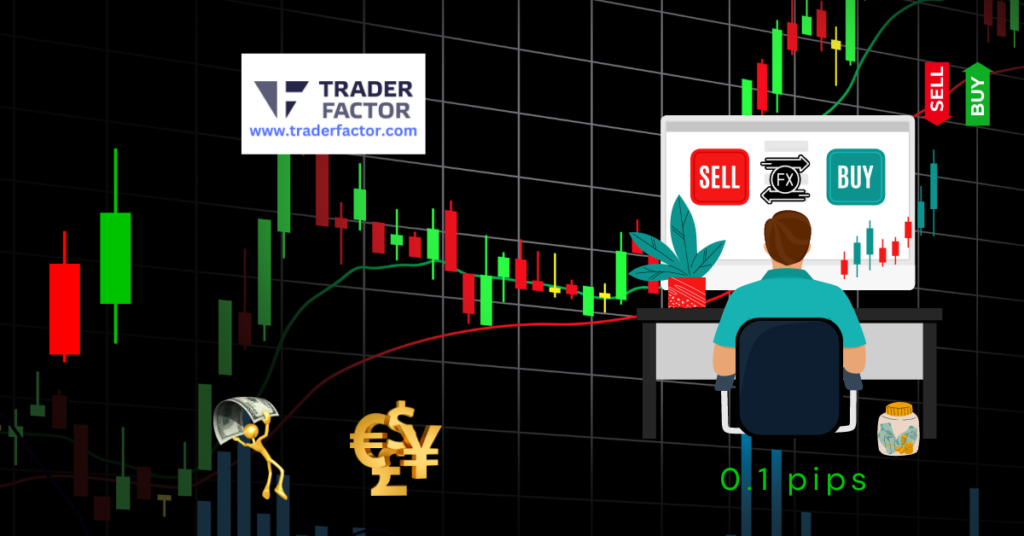
When it comes to forex trading risk management, utilizing stop-loss orders is crucial.
Stop-loss orders help limit your potential losses by automatically closing your position when the price reaches a certain level.
Setting effective stop-losses involves considering the volatility of the market and your risk tolerance, ensuring that you protect your capital while still allowing room for market fluctuations.
Importance of Stop-Losses
To effectively manage your risk in forex trading, it’s essential to utilize stop-loss orders. Stop-losses are a crucial tool that allows you to protect your capital and limit potential losses. By setting a stop-loss order, you establish a predetermined price level at which your trade will be automatically closed, preventing further losses.

This is especially important in the fast-paced and volatile forex market, where prices can change rapidly. Stop-losses help you maintain discipline and avoid emotional decision-making, as they ensure that you exit a losing trade before it becomes too costly.
They provide a level of protection and peace of mind, allowing you to focus on analyzing the market and making informed trading decisions.
Setting Effective Stop-Losses
Utilize stop-loss orders effectively to set precise price levels at which your trades will be automatically closed, ensuring capital protection and limiting potential losses in forex trading.
To set effective stop-losses, consider the following:
- Determine an appropriate stop-loss level based on your risk tolerance and trading strategy.
- Place your stop-loss order slightly beyond key support or resistance levels to avoid premature triggering.
- Regularly reassess and adjust your stop-loss levels as market conditions change to protect your profits and limit losses.
By setting effective stop-losses, you can minimize emotional decision-making and adhere to your trading plan.
Remember to always stick to your predetermined risk limits and avoid moving your stop-loss orders further away from your entry point. This will help you maintain discipline and protect your trading capital.
Employing Proper Risk-Reward Ratio

Ensure that your risk-reward ratio is properly implemented in your forex trading strategy. The risk-reward ratio is a crucial aspect of risk management that determines the potential profit or loss you are willing to accept for each trade.
It is important to find a balance between risk and reward to maximize your chances of success in the forex market. Here is a simple table to help you understand the concept of risk-reward ratio:
| Risk | Reward |
|---|---|
| 1:1 | 1:2 |
| 1:2 | 1:4 |
| 1:3 | 1:6 |
| 1:4 | 1:8 |
| 1:5 | 1:10 |
In the table, the left column represents the risk, which indicates the number of pips you are willing to lose for a certain trade. The right column represents the reward, which indicates the number of pips you expect to gain from the trade.

As a general rule, it is advisable to have a risk-reward ratio of at least 1:2 or higher. This means that for every pip you are willing to risk, you should aim to gain at least twice that amount. By employing a proper risk-reward ratio, you can protect your capital and increase your chances of making profitable trades in the forex market.
Diversifying Investment Portfolio

One important aspect of forex trading risk management is to diversify your investment portfolio. Diversification is crucial because it helps spread the risk across different assets, reducing the potential impact of any single trade or investment on your overall portfolio.
Here are three key reasons why diversifying your investment portfolio is essential in forex trading:

- Minimizes the impact of market volatility: By investing in a variety of assets, you can reduce the impact of sudden market swings. Different assets tend to react differently to market events, so holding a diversified portfolio can help mitigate the risk of large losses during periods of volatility.
- Provides potential for higher returns: Diversifying your investments allows you to tap into different markets and asset classes. By spreading your investments across various opportunities, you increase your chances of capturing profitable trades and potentially achieving higher overall returns.
- Protects against unforeseen events: No one can predict the future, and unexpected events can have a significant impact on the financial markets. By diversifying your portfolio, you can protect yourself against any single event that may negatively affect a particular asset or market, ensuring that your overall portfolio remains resilient.
Constantly Monitoring and Adjusting Risk Management Strategies

Continuously monitoring and adjusting your risk management strategies is crucial in forex trading. The forex market is highly volatile and can change rapidly, so it’s essential to stay vigilant and adapt your risk management approach accordingly. By constantly monitoring the market conditions, you can identify potential risks and take appropriate actions to mitigate them.
One way to do this is by regularly reviewing your trading plan and risk tolerance. Assess whether your current risk management strategy aligns with your goals and risk appetite. If necessary, make adjustments to ensure that you’re comfortable with the level of risk you’re taking on.

Another important aspect of monitoring and adjusting risk management strategies is keeping track of your trades and analyzing the outcomes. By reviewing your trading history and analyzing your successes and failures, you can identify patterns and trends that may require adjustments in your risk management approach. This can help you refine your strategies and make more informed decisions in the future.
In addition, staying informed about the latest news and economic events can also help you adjust your risk management strategies. Economic indicators and market news can significantly impact currency prices, so staying updated can help you anticipate potential risks and adjust your positions accordingly.
Frequently Asked Questions

What Are the Potential Consequences of Not Setting Risk Tolerance Levels in Forex Trading?
Not setting risk tolerance levels in forex trading can lead to potential consequences. These include taking on too much risk, losing more money than you can afford, and being unprepared for market volatility.
How Can Position Sizing Strategies Help in Managing Forex Trading Risks?
Position sizing strategies can help you manage forex trading risks by determining the appropriate amount to invest in each trade based on your risk tolerance and the potential losses.
Are Stop-Loss Orders the Only Method to Limit Losses in Forex Trading?
No, stop-loss orders are not the only method to limit losses in forex trading. There are other risk management strategies such as diversification, hedging, and using trailing stops that can also help you protect your investments.
How Does Employing a Proper Risk-Reward Ratio Affect Forex Trading Outcomes?
Employing a proper risk-reward ratio affects forex trading outcomes by ensuring that potential profits outweigh potential losses. This strategy allows you to make informed decisions and minimize the impact of losing trades.
Can Diversifying an Investment Portfolio Reduce the Overall Risk of Forex Trading?
Diversifying your investment portfolio can reduce the overall risk of forex trading. By spreading your investments across different currency pairs or other assets, you decrease the potential impact of any single trade.
Conclusion
So, there you have it – the six key principles of forex trading risk management.
- By setting risk tolerance levels,
- implementing position sizing strategies,
- utilizing stop-loss orders,
- employing proper risk-reward ratios,
- diversifying your investment portfolio,
- and constantly monitoring and adjusting your risk management strategies,
You can minimize potential losses and maximize your chances of success in the forex market.
Remember, managing risk is crucial in forex trading, so make sure to prioritize it in your trading strategy.
Disclaimer:
All information has been prepared by TraderFactor or partners. The information does not contain a record of TraderFactor or partner’s prices or an offer of or solicitation for a transaction in any financial instrument. No representation or warranty is given as to the accuracy or completeness of this information. Any material provided does not have regard to the specific investment objective and financial situation of any person who may read it. Past performance is not a reliable indicator of future performance.

